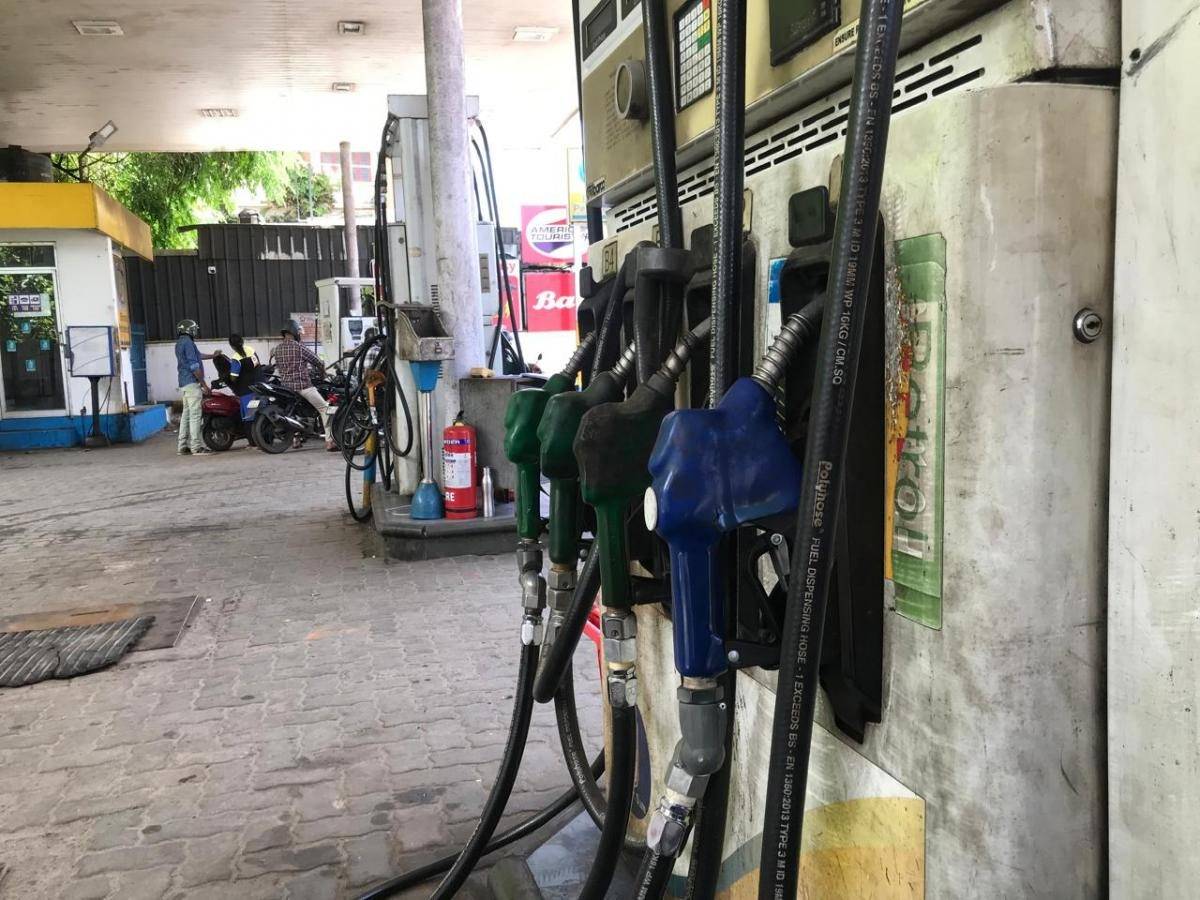
What The Petroleum Ministry Said About Ethanol Blending In Petrol
The Indian government has reaffirmed its commitment to achieving 20% ethanol blending in petrol by the Ethanol Supply Year (ESY) 2025-26, as detailed in responses to questions raised in the Rajya Sabha on July 21, 2025, on the first day of the Monsoon Session of Indian Parliament. The Minister of State for Petroleum and Natural Gas, Suresh Gopi, provided comprehensive updates on the progress, challenges, and measures being implemented to meet this ambitious target, initially set for 2030 but advanced through amendments to the National Policy on Biofuels in 2022. Governemnt’s statement comes amidst the vehicle users are complaining about the process that might affect the life of the vehicles as they were not prepared for such a change.
The minister highlighted that the Ethanol Blended Petrol (EBP) Programme has made remarkable strides. Public Sector Oil Marketing Companies (OMCs) achieved 10% ethanol blending in June 2022, five months ahead of schedule. This was followed by 12.06% blending in ESY 2022-23 and 14.60% in ESY 2023-24. For the ongoing ESY 2024-25, the blending percentage reached an impressive 18.93% as of 30 June 2025, with June alone recording 19.92%. These figures reflect steady progress towards the 20% target, driven by a series of strategic interventions.
To bolster ethanol production, the government has expanded feedstock options to include molasses and grains, introduced an administered price mechanism for ethanol procurement, and reduced the GST rate on ethanol for the EBP Programme to 5%. Financial support has been extended through Ethanol Interest Subvention Schemes (EISS) from 2018 to 2022, including a dedicated scheme for Cooperative Sugar Mills to convert sugarcane-based distilleries into multi-feedstock plants. The “Pradhan Mantri JI-VAN Yojana,” amended in 2024, provides financial assistance for advanced biofuel projects using lignocellulosic biomass and other renewable feedstocks. Additionally, Long Term Offtake Agreements (LTOAs) between OMCs and dedicated ethanol plants, alongside investments in multimodal transportation and increased ethanol storage capacity, have enhanced supply chain efficiency.
Addressing state-specific progress in response to a separate question, the minister clarified that while no state-wise targets are set, both Gujarat and Maharashtra have shown consistent improvement in ethanol blending. Gujarat recorded 10.47% blending in ESY 2021-22, rising to 18.95% by June 2025. Maharashtra followed a similar trajectory, moving from 10.48% to 18.84% over the same period. These achievements underscore the effectiveness of nationwide policies tailored to regional capacities.
Despite the progress, challenges remain in meeting the 2025-26 target. The minister acknowledged potential hurdles, such as feedstock availability and infrastructure limitations, but detailed measures to address them. These include expanding ethanol storage and handling infrastructure to accommodate higher blends and promoting multimodal transportation to ensure wider availability. The government’s proactive approach, combining financial incentives, policy reforms, and infrastructure development, aims to mitigate these challenges and sustain momentum.













